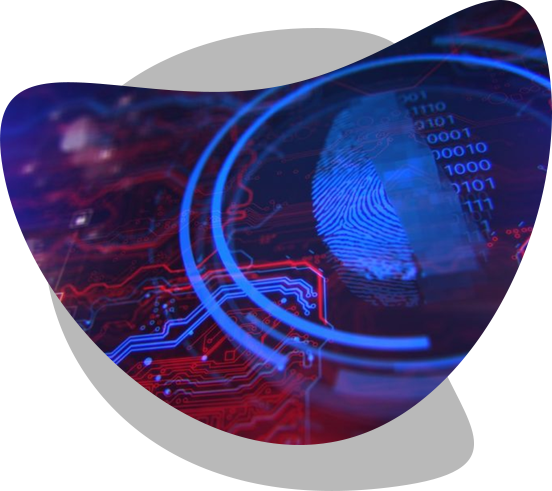Close
Close
Cybersecurity organization policies are a set of guidelines and procedures that an organization puts in place to protect its information technology (IT) systems and data from cyber threats and attacks. These policies define the roles and responsibilities of employees, establish security controls and procedures, and provide guidance on how to respond to security incidents.
Benefits Of Having Policies
Having cybersecurity organization policies provides several benefits, including:
1. Increased security: Policies ensure security controls are in place to protect against cyber threats and attacks.
2. Regulatory compliance: Policies help organizations comply with regulatory requirements like HIPAA and GDPR.
3. Risk management: Policies help organizations identify and manage risks associated with cyber threats.

Risks of Not Having Policies
1. Increased vulnerability: Without policies, an organization may be more vulnerable to cyber threats and attacks.
2. Lack of compliance: Without policies, an organization may be at risk of non-compliance with regulatory requirements.
3. Inconsistent security measures: With policies, security measures may be consistently applied across the organization.
Policy Examples
Some common cybersecurity organization policies include:
1. Acceptable Use Policy: Defines what is considered acceptable use of IT resources, such as email and internet access.
2. Password Policy: Outlines requirements for creating and managing passwords, such as password length and complexity.
3. Incident Response Policy: Defines the procedures for responding to security incidents, such as data breaches or malware attacks.
4. Access Control Policy: Outlines the procedures for granting and revoking access to IT resources, such as databases and applications.
5. Network Security Policy: Defines security measures for protecting the organization’s network, such as firewalls and intrusion detection systems.
6. Mobile Device Policy: Outlines the requirements for using mobile devices, such as smartphones and tablets, to access the organization’s IT resources.
7. Remote Access Policy: Outlines the requirements for accessing the organization’s IT resources from remote locations, such as home or public networks.

Established enterprises are adopting military-grade intelligence in the information age for virtually indestructible cybersecurity. Securesee identifies and evaluates cybersecurity threats, consulting and providing organizations with optimal data security. Cybersecurity procedures can be categorized into the following:
• Employee compliance, authorizations, and modifications in onboarding policies
• Defining responsibilities across different tiers in an organization in case of a cybersecurity event
• Incident management and the response to varying degrees of
• Strengthening internal networks, especially to manage remote access
• Standards and guidelines defining access and authorizations
• Implementation in accordance with globally renowned standards
Securesee provides a tailor-made cybersecurity policy for each organization to meet desired objectives and compliance standards.
Securesee ensures quality testing, assessment, and reliable CISO expertise to establish policies and implement procedures to sustain a sturdy cybersecurity system. Policies and procedures with Securesee are also preventative and proactive measures. For every organization, Securesee instills internal collaboration that allows organizations to habilitate employees regularly.
